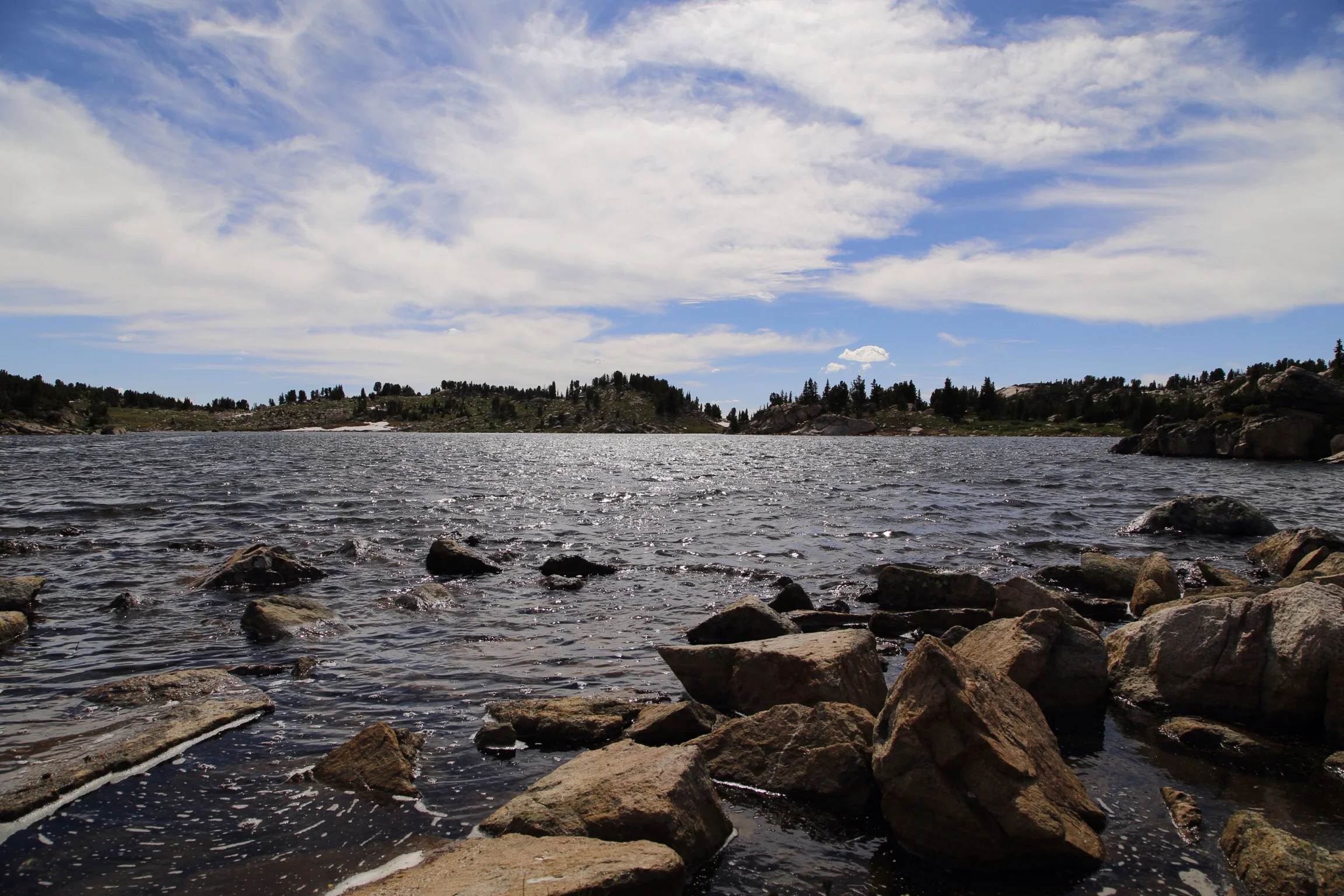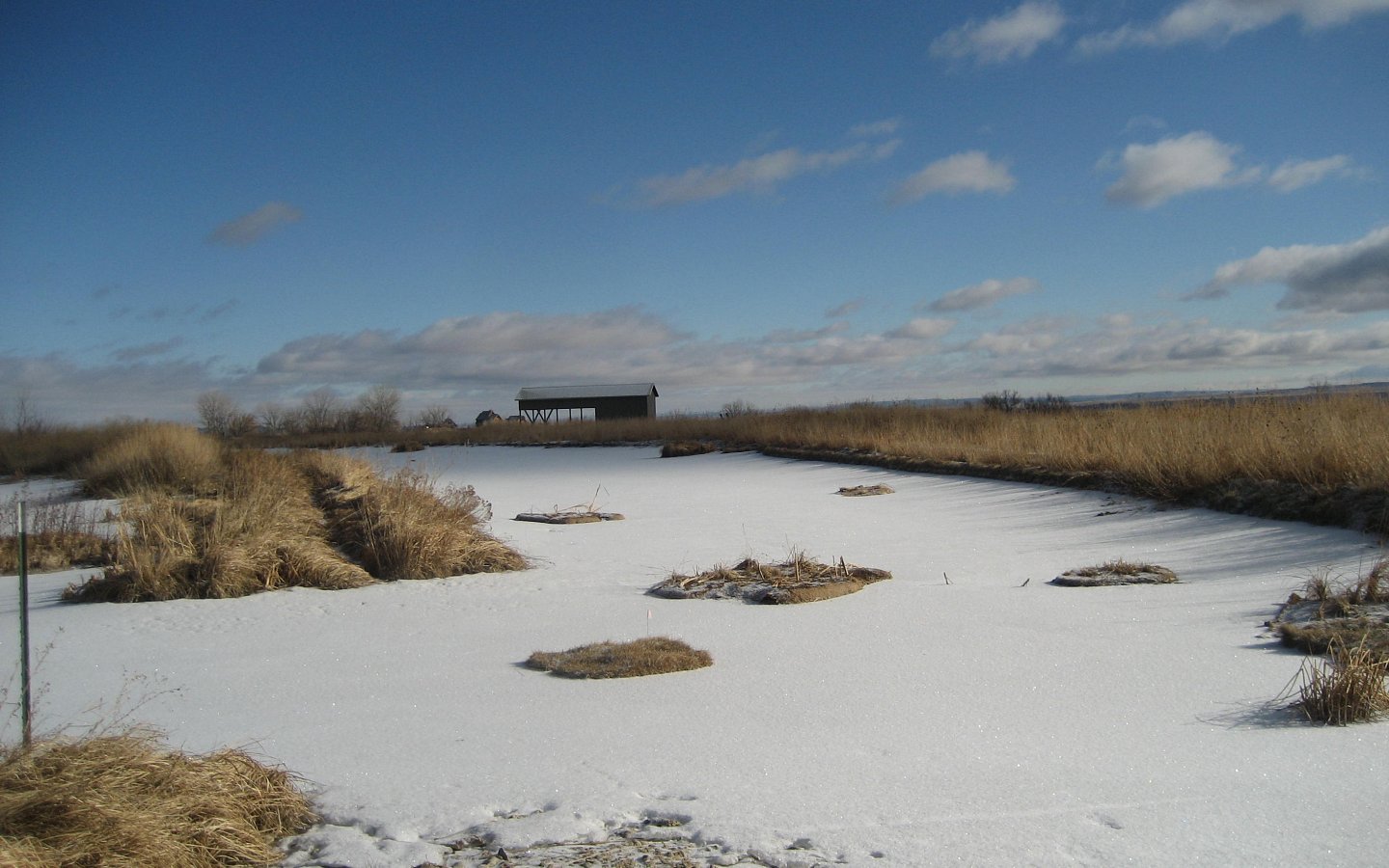effects of floating treatment wetlands on the abundance and removal of contaminants in waste water lagoons
In Montana, more than 84% of assessed stream miles are impaired, with metals and excess nutrients accounting for 40% and 32% of these impaired stream miles, respectively. Typically measured as total metals, nitrogen, and phosphorous, these contaminants can have deleterious effects on aquatic life, which ultimately drives the sportfishing economy of Montana, estimated as a nearly $500 million industry in 2011 alone. Municipal wastewater discharges serve as a substantive source of these contaminants in Montana surface waters. In particular, wastewater lagoons are used in many of the state's small-to-medium-sized municipalities, and nearly 40% of these wastewater lagoon systems have had numerous violations of the Clean Water Act in the past three years. A potentially cost effective way of adding to the capacity of existing infrastructure to remove nutrients and metals is through the use of floating treatment wetlands. These floating islands serve as biogeochemical hot spots that allow increased nutrient and metal removal rates compared to island-free lagoons. This work will increase our understanding of how contaminants move through wastewater lagoons systems, as well as highlight the mechanism and efficacy of a comparatively inexpensive ancillary treatment that could supplement existing wastewater infrastructure rather than fully replacing it.
Dr. Ben Colman is an Assistant Professor of Aquatic Ecosystem Ecology in the Department of Ecosystem and Conservation Sciences, W.A. Franke College of Forestry and Conservation, University of Montana.


